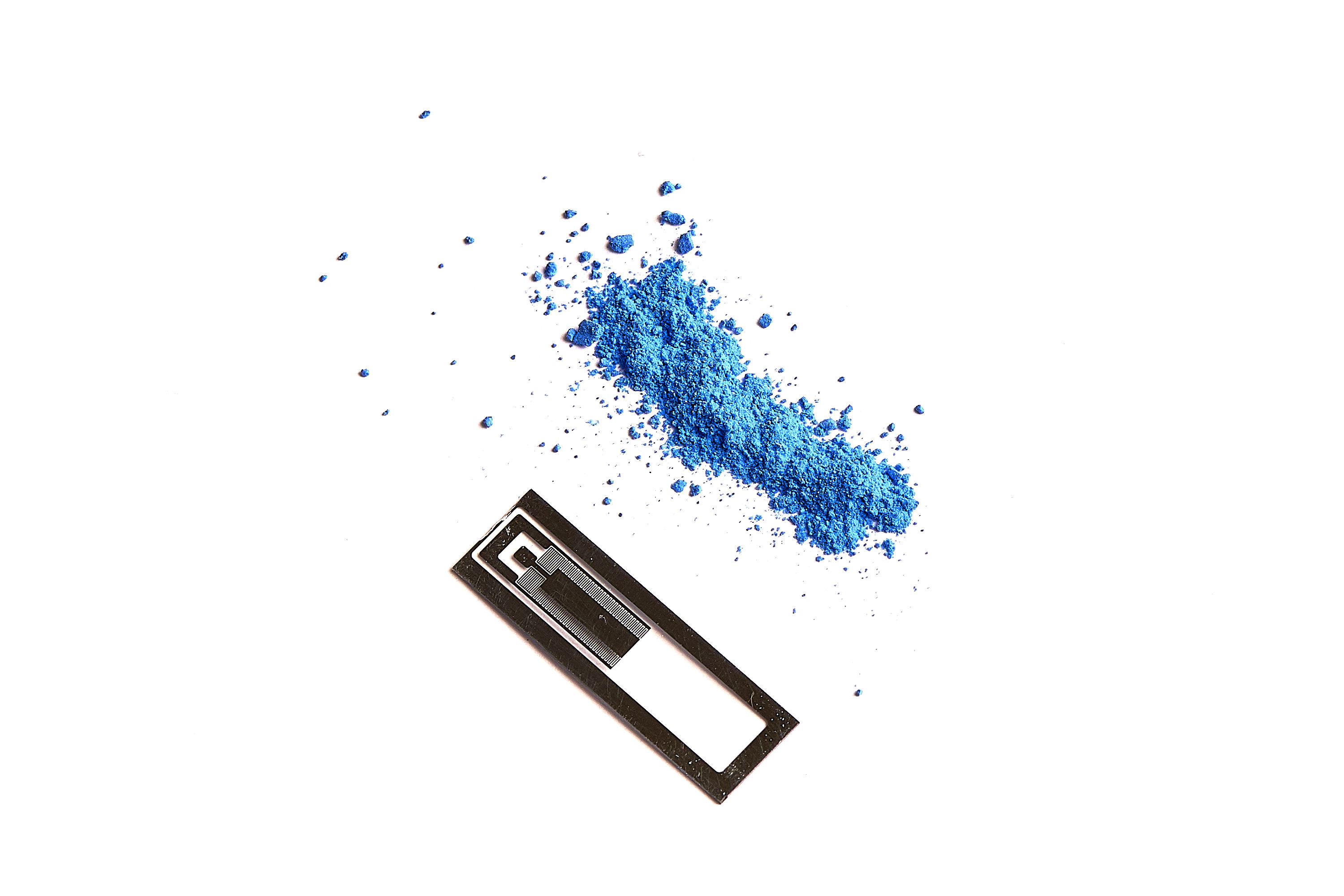
Researchers have used sound waves to precisely manipulate atoms and molecules, accelerating the sustainable production of breakthrough smart materials. Metal-organic frameworks, or MOFs, are incredibly versatile and super porous nanomaterials that can be used to store, separate, release or protect almost anything.
Predicted to be the defining material of the 21st century, MOFs are ideal for sensing and trapping substances at minute concentrations, to purify water or air, and can also hold large amounts of energy, for making better batteries and energy storage devices.
Scientists have designed more than 88,000 precisely customised MOFs – with applications ranging fro...
Read More









Recent Comments